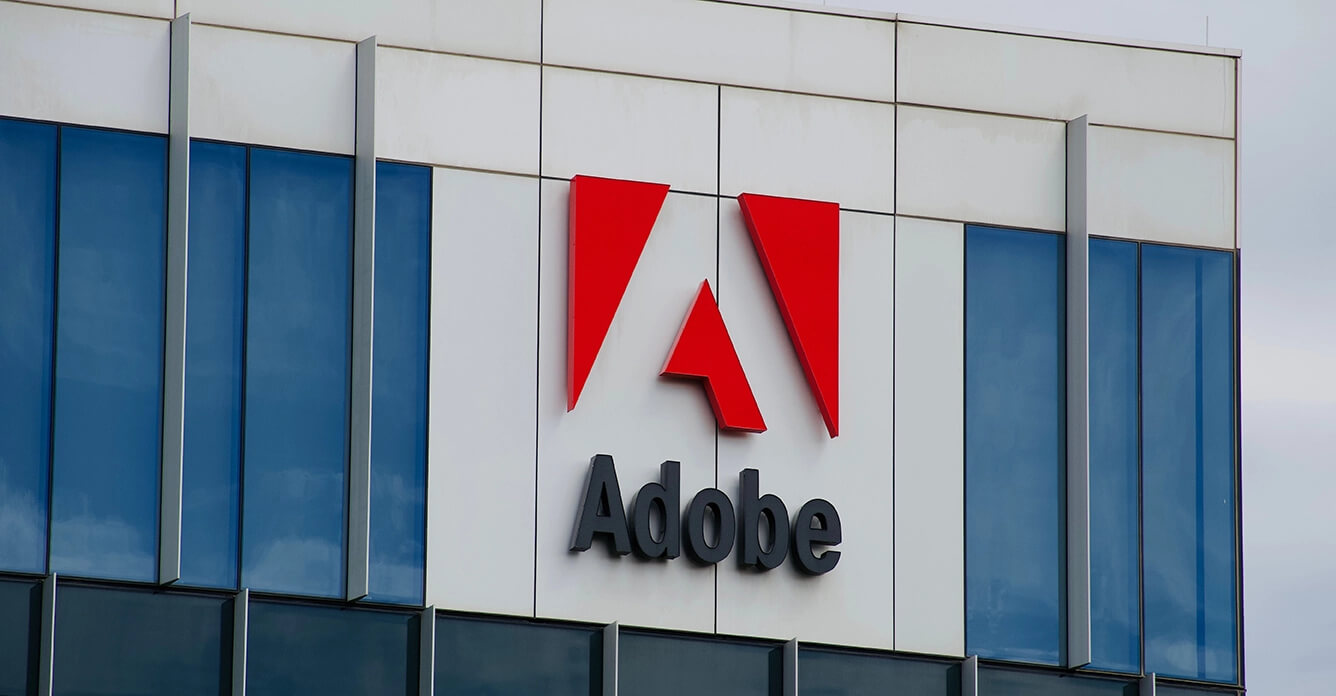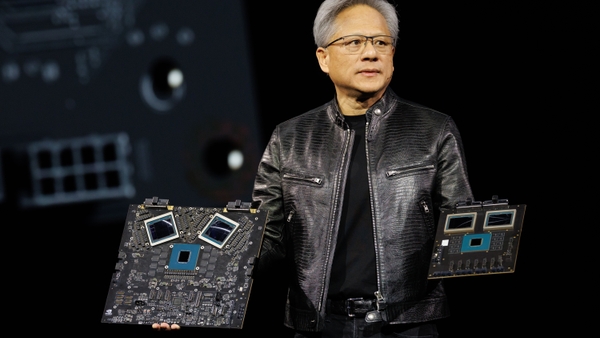
Is NVIDIA Stock (NASDAQ: NVDA) Undervalued at $108.38?
Can NVIDIA’s Innovation in AI and Data Centers Propel Its Stock to New Heights in 2025? | That's TradingNEWS
NVIDIA (NASDAQ: NVDA): The Core Powerhouse Behind the AI Revolution and Market Volatility
NVIDIA Corporation (NASDAQ: NVDA) remains one of the most prominent stocks in the tech space, particularly within the AI and semiconductor sectors. Despite a noticeable pullback in recent months, driven largely by macroeconomic factors and market skepticism surrounding the sustainability of AI growth, NVDA continues to showcase immense potential. Its position at the forefront of AI technology and its expanding role in powering the next wave of generative AI applications solidify its place as an essential player in the tech ecosystem. However, as market conditions fluctuate, it's critical to assess whether NVDA offers an attractive buying opportunity or if its current valuation reflects potential overvaluation amidst an uncertain economic backdrop.
NVDA's Market Position and Competitive Advantage in AI Technology
At its core, NVIDIA has become the undisputed leader in GPU technology, a position that has only strengthened with the meteoric rise of AI. Its GPUs are now a cornerstone of modern computing, particularly in fields requiring accelerated processing for tasks like machine learning, deep learning, and high-performance computing. What sets NVDA apart is its ability to provide not just hardware but a full stack of solutions — from GPUs to optimized software frameworks — that integrate seamlessly into a variety of industries, from cloud services to autonomous vehicles.
The company’s latest breakthrough, the Blackwell architecture, has further solidified its leadership. Blackwell’s performance is outpacing its predecessors, enabling the kind of latency reduction and computing power that next-generation AI models demand. With its $11 billion in Blackwell revenue for FY 2025 Q4, NVIDIA has experienced its fastest product ramp-up in history, and the demand for these chips remains sky-high. Despite the rising competition from Advanced Micro Devices (AMD) and proprietary chip solutions from major hyperscalers like Amazon (AMZN), Microsoft (MSFT), and Google (GOOGL), NVIDIA's vast ecosystem and development tools have cemented its dominant market share.
What makes NVDA especially attractive is its foothold in Agentic AI, an emerging frontier in AI that takes decision-making beyond basic chatbots and into sophisticated, autonomous decision-making. CEO Jensen Huang described Agentic AI as the next step in the evolution of artificial intelligence, capable of solving complex, multi-step problems without human interaction. With $2 trillion in total addressable market (TAM) potential, NVIDIA is strategically positioned to capitalize on the burgeoning demand for advanced AI solutions, a market where it has already captured a solid 6.5% share. As more companies adopt AI agents, NVIDIA's chips — particularly in high-latency, mission-critical applications like autonomous vehicles and industrial robots — will be central to that evolution.
Robust Data Center Revenues Fueling Growth
While Gaming has historically been NVIDIA's primary source of revenue, Data Center has now taken the lead. In FY 2025, Data Center revenue surged to $115.2 billion, a staggering 142% increase from the prior year. The explosive growth in AI-related workloads, cloud computing, and hyperscalers' infrastructure investments have driven this segment's dominance. During Q4 FY 2025, the Data Center division saw a 93% YoY increase in revenue, reaching $35.6 billion. This growth is largely attributed to the adoption of Blackwell chips and the continued expansion of Hopper 200 series chips.
For investors looking for a tech stock with strong growth prospects, the Data Center division presents the most compelling case. The demand from Amazon, Meta, and Microsoft, all major clients, has made the Data Center segment the backbone of NVIDIA’s financial performance. As these tech giants continue to scale up their AI infrastructure, NVIDIA stands to benefit immensely.
Strong Financials with Room for Growth
In terms of financial performance, NVIDIA continues to demonstrate robust earnings growth. Its total revenue for FY 2025 surged to a record $130.5 billion, reflecting an impressive 78% YoY increase. Even with macroeconomic headwinds, NVIDIA exceeded Wall Street estimates by $1.19 billion, reinforcing its growth trajectory. The company’s GAAP earnings-per-share (EPS) increased 82% YoY to $0.89, and non-GAAP EPS saw a 71% rise to $0.89 as well.
Despite the impressive earnings growth, NVIDIA's gross margins have faced some pressure. The company’s GAAP gross margin for Q4 FY 2025 shrank to 73%, a decline of 1.6 percentage points from the previous quarter. However, this drop in margins is expected to be temporary, as the company works through the ramp-up of its new products like the Blackwell chips, which typically face higher production costs during the early stages of manufacturing. Colette Kress, CFO of NVIDIA, has indicated that once the Blackwell production processes are optimized, margins are expected to return to the mid-70% range later in FY 2025.
Valuation: A Stock Poised for Growth Despite Market Volatility
At current levels, NVIDIA appears undervalued given its dominant position in AI and its massive growth potential. The stock’s P/E ratio stands at 37.02, which, while slightly higher than industry peers, is justified by the company’s growth prospects and market leadership in AI infrastructure. Its price-to-sales (P/S) ratio of 10.60 is below its historical averages, indicating that the stock could be undervalued relative to its future revenue potential.
Further reinforcing the bullish case for NVDA is its PEG ratio of 0.47 for FY 2026, suggesting that the stock is trading at a significant discount to its growth expectations. If NVIDIA continues to grow at a 51.57% earnings growth rate, the stock could see substantial upside, with a potential target price of $233.61, nearly 116% higher than its current price.
Risks and Potential Roadblocks
Despite its strong growth trajectory, NVIDIA faces several risks that could impact its performance. One of the biggest threats is competition from AMD and the growing trend of hyperscalers developing their own proprietary chips. If these large cloud providers, like Amazon and Microsoft, continue to build custom solutions, they could reduce their reliance on NVIDIA’s products, impacting the company’s revenue growth. Additionally, the supply chain issues and production delays could hinder NVIDIA's ability to meet the surging demand for AI chips, leading to temporary setbacks in product delivery.
There are also concerns surrounding macroeconomic uncertainties and geopolitical risks, especially with the ongoing tensions between the U.S. and China. A slowdown in AI infrastructure investment or adverse regulatory developments could result in a slower-than-expected ramp-up of demand.
However, NVIDIA's diversified customer base, including significant revenue from gaming, automotive, and professional visualization, helps mitigate some of these risks. Moreover, the company’s strong financial position, with $43.21 billion in cash and $8.46 billion in long-term debt, provides a cushion in times of market volatility.
Conclusion: Is NVDA Stock a Buy?
At current levels, NASDAQ: NVDA presents a compelling investment opportunity. The company’s unparalleled position in AI, combined with its strong financials, makes it a strong candidate for long-term growth. Despite the short-term pressure on margins and concerns about competition, NVIDIA’s innovative products, massive TAM in AI, and ability to execute on its vision make it an attractive stock for growth investors. The stock’s valuation appears reasonable, especially when factoring in the company’s future growth potential.
Given the company’s dominant position in AI, robust financials, and ability to adapt to shifting market dynamics, NVIDIA is a Buy for investors looking for exposure to the AI revolution. With $43 billion in cash and a solid balance sheet, NVIDIA is well-positioned to weather market volatility and continue its growth trajectory.
For more detailed stock data and real-time charts for NVIDIA, you can view the latest stock performance here.
















